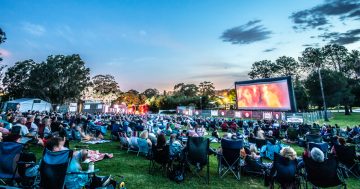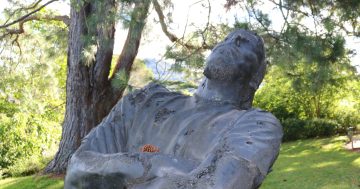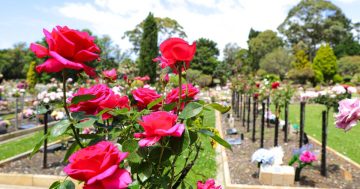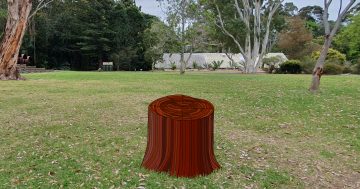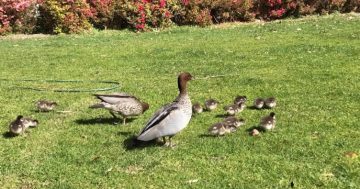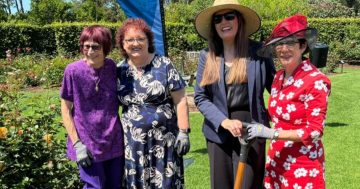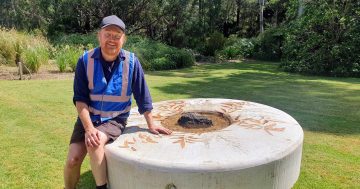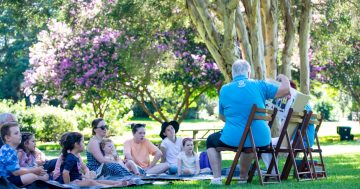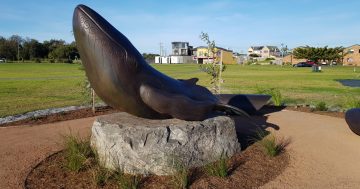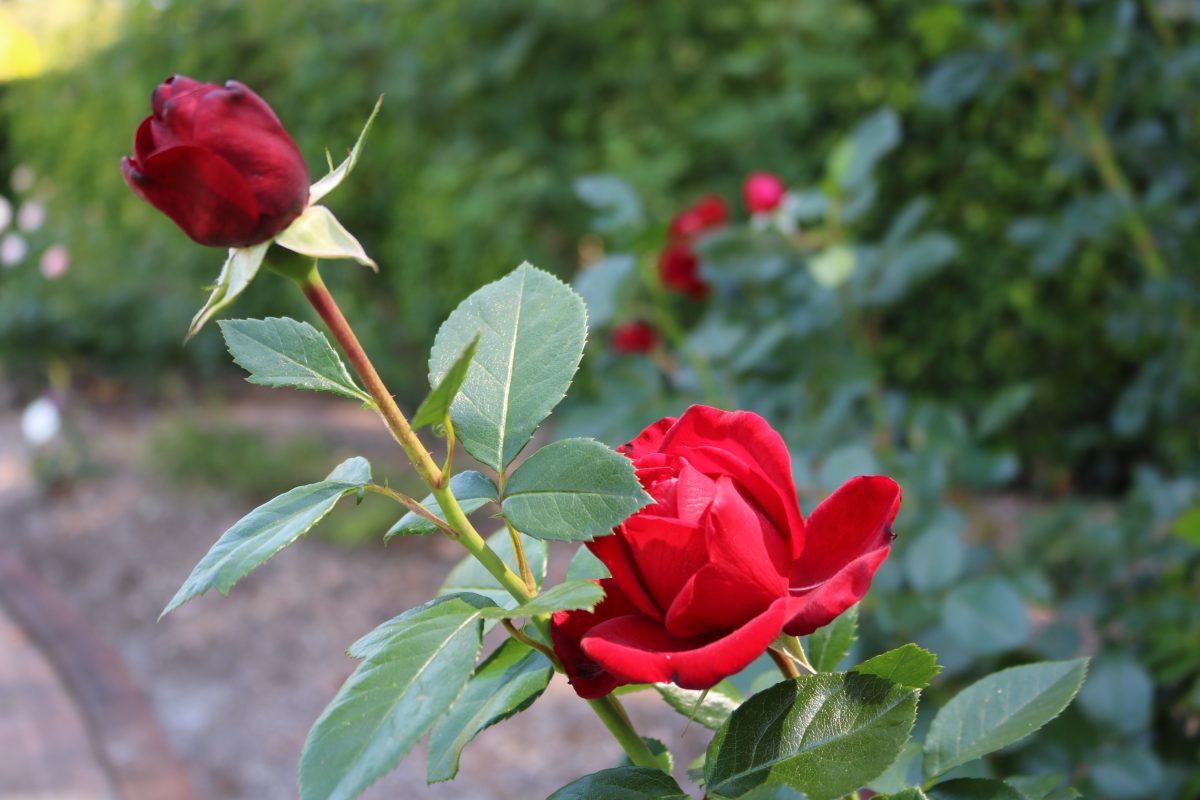
The peak flowering season in the Rose Garden is from now until April, but anytime of the year is a great time to visit Wollongong Botanic Garden. Photos: Jen White.
There’s a place in Wollongong where you can experience a trip around the world without spending a cent.
It’s suitable for all ages, open pretty much all year round and is guaranteed to constantly change.
Wollongong Botanic Garden is an experience for all the senses. Set over 27 hectares, the garden opened to the public on 2 January 1971 and is designed to take visitors on a journey, from the European rose garden to English woodlands, through desertscapes and rainforests.
Along the way you’ll come across insects of all kinds, as well as ducks, egrets, birds, water dragons and possums.
The garden is open every day except Christmas Day and Good Friday, and there are multiple entrance points – on Murphys Ave, Robsons Rd, Northfields Ave and Madoline St.
A pop-up cafe and children’s playground including swings, a sandpit, slippery dip, climbing net, viewing platform and a maze, are close to the main car park and entrance on Murphys Ave.
During daylight saving, the garden gates open at 7 am and close at 6 pm on weekdays and 6:45 pm on weekends.
Wheelchair and pram-friendly paths wind around the garden, and mobility scooters can be hired during the week.
There is something different to see in each season, but a visit to the garden in spring is a feast for the senses.
The following are a few highlights of spring in the garden.














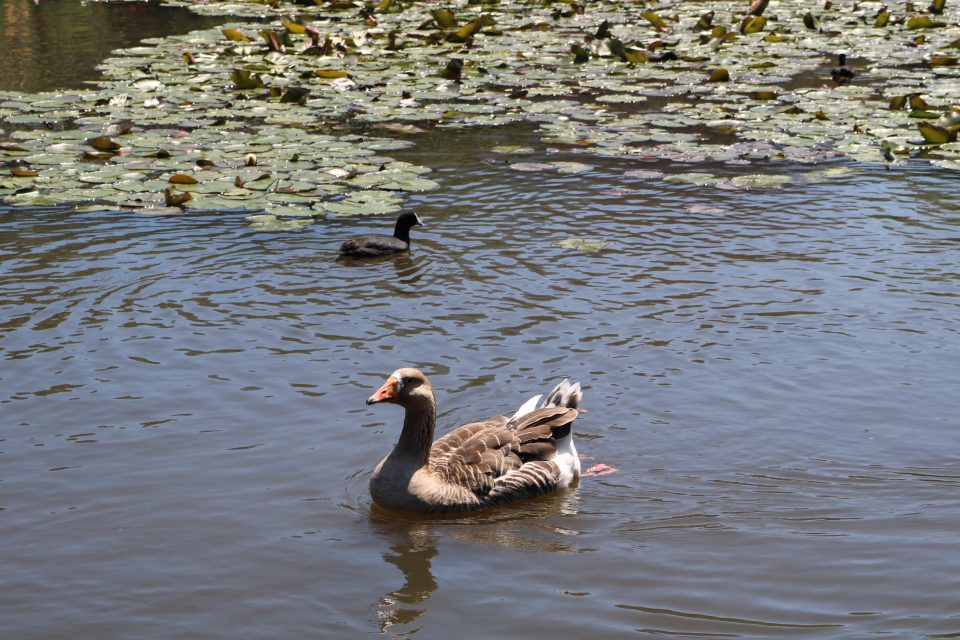






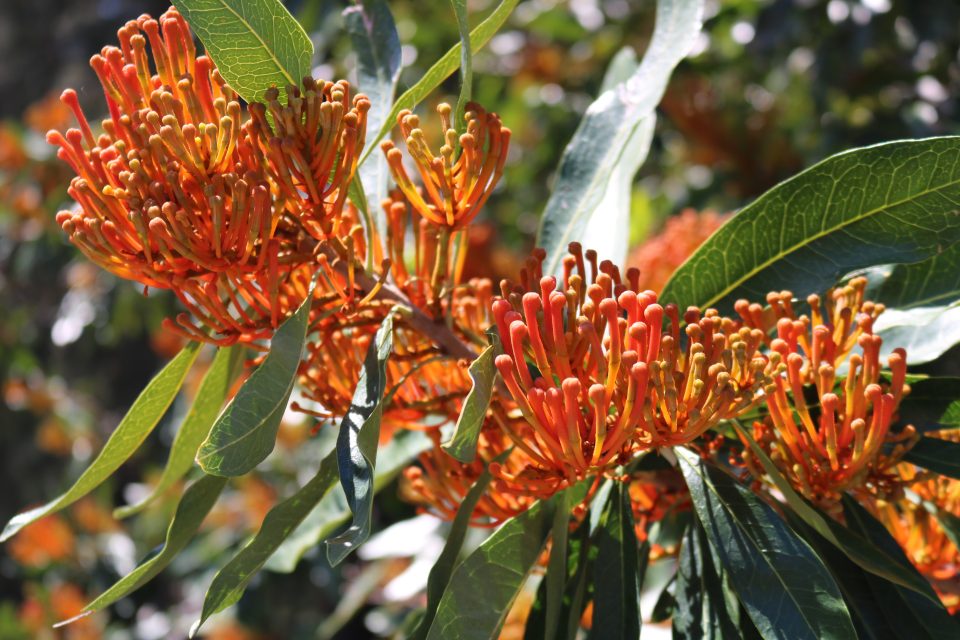




The Rose Garden
Designed in the style of a walled, sunken European garden, the Rose Garden features many varieties of the beautiful and colourful flower, including hybrid tea, floribunda, old fashioned, weeping and standard. The rear wall includes a poem dedicated to the Aboriginal Stolen Generations, and poems of love and love lost can be found on the central rotunda.
Humidity causes roses to be more susceptible to black spot, so as some of the weaker plants are removed, they’re replaced with those that have been bred for black spot resistance, resulting in big, bushy, healthy plants. The peak flowering period is from now through to April. Roses are some of the oldest vegetation you’ll find – properly treated you can have a rose bush for 50 years or more.
TIP: Prune roses every winter back to the frames. You can’t hurt rose bushes by pruning – they love it. During flowering, deadhead the dying blooms to stimulate more flowers.
Flowering Trees and Shrubs Collection
Around the outside of the Rose Garden and opposite there are beautiful displays of annuals and perennials, like the bright foxglove garden. The border garden around the Rose Garden features a variety of plants including sweet peas for the first time. Vivid poppies self-seeded this year, including the unusual ladybird poppy which features black dots on its red petals.
Australian Arid Collection
The Australian Arid Collection is home to inland plants that grow in areas with low rainfall, including saltbush, bottle trees and wild flowers. There are two fabulous displays in the collection created with native pink and white paper daisies and planted in the shapes of a snake and an emu. After the flowering period, seeds from the flowers will be collected and stored to be resowed for next spring’s display.
Succulent Collection
It’s easy to imagine you’ve walked into the desert when you reach the garden’s succulent collection, with many of the plants coming from the Americas and Africa.
Work on this collection began in 1982, and was finished in 1986. This garden is positioned on a built-up mound with sandy soil, to allow good drainage. Large boulders have also been added to form rocky outcrops and slopes. The succulents love dry, semi-arid or temperate conditions, and feature a range of impressive shapes and colours, spines and thorns, and waxy or woody coverings to reflect sunlight and reduce water loss.
Other highlights all year round:
Insect hotels: Insect hotels provide a place of sheltered sanctuary in winter, as well as a nesting space in summer. You will spot a few of these around the garden, with the largest one located along the main path at the northeastern side of the Flowering Trees and Shrubs Collection.
Two garden library bookcases: These house a range of fiction, non-fiction and children’s books. Visitors are welcome to borrow a book, keep a book, or leave a book for others to enjoy. Donations are welcome.
Go Slow for a Mo: The Go Slow for a Mo wellness trail is designed to help improve general wellbeing. The trail starts at the southwest corner of the Turpentine Lawn with seven short sensory exercises along the way. You can choose to just do one, a few or all exercises.
To explore the collections online and discover more information on Wollongong Botanic Garden, click here to visit the website.








